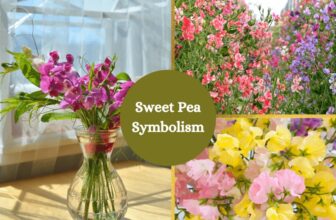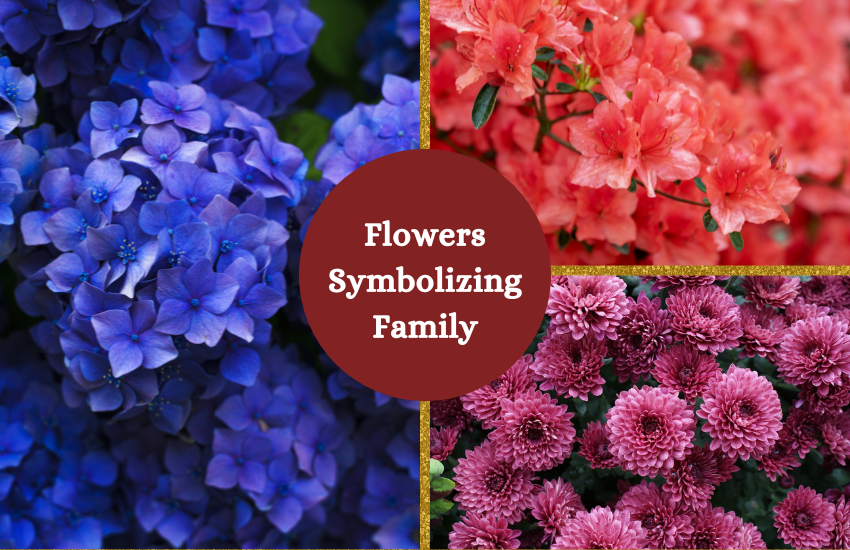
Table of Contents
Flowers have long been used to convey emotions and messages, with each bloom carrying its own unique symbolism. When it comes to family, certain flowers have become particularly meaningful, representing the bond between loved ones and the depth of familial relationships.
From the elegant lily to the classic rose, each flower has its own special meaning, and knowing which blooms to choose can help you express your feelings in a thoughtful and meaningful way.
In this article, we’ll explore some of the flowers that symbolize family and the emotions they convey.
1. Daffodil

When it comes to flowers that symbolize family, the daffodil is definitely a standout! Not only does its bright yellow color represent cheerfulness and joy, but its trumpet-like shape is said to resemble a family member’s voice calling out to us.
Daffodils are also known to bloom in the springtime, which can represent new beginnings and the growth of family relationships. Plus, they’re super easy to grow in your garden or in a pot on your windowsill, making them a perfect addition to your home decor.
So, whether you want to honor your own family or give a thoughtful gift to a loved one, consider the lovely daffodil as a symbol of family and all the love and support that comes with it!
2. Iris
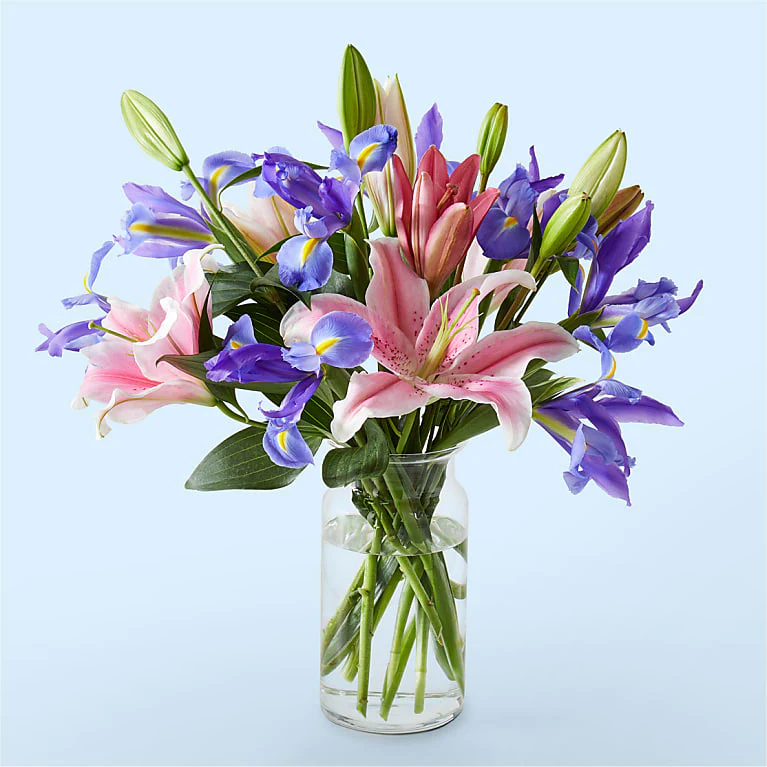
This elegant bloom has been associated with family for centuries, thanks to its long history of use in heraldry and coat of arms.
The iris is said to represent strength and unity, making it a perfect symbol of the unbreakable bond of family. With its wide range of colors, from deep purple to bright yellow, there’s an iris for every member of your clan.
Whether you want to plant them in your garden, give a bouquet as a gift, or even incorporate their petals into your cooking, the iris is a versatile and meaningful choice for anyone looking to celebrate their family ties.
3. Sunflower
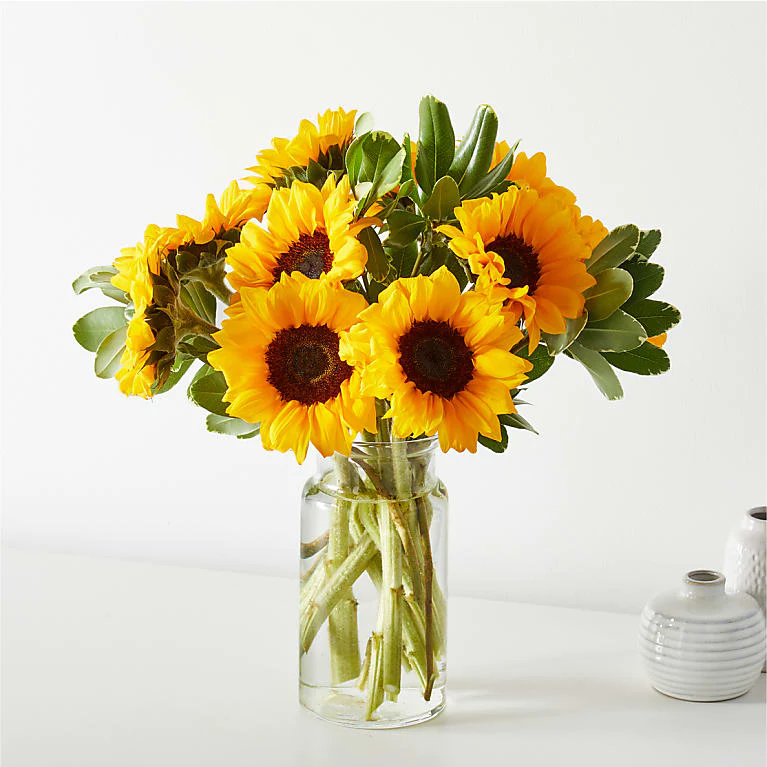
These cheerful flowers are known for their bright yellow color and impressive height, which can represent the strength and support that comes from having a close-knit family. Not to mention, sunflowers are always turning towards the sun, which can be seen as a metaphor for families that always strive towards positivity and growth.
Plus, sunflowers are a favorite of bees and other pollinators, which can represent the important role that every member of a family plays in supporting one another.
4. Lily

The lily is a classic flower that has been associated with family for centuries, and for good reason! These elegant blooms have a long history of symbolizing purity and innocence, which can be seen as a representation of the love and care that families provide for one another.
The lily is also known for its strong stem and ability to weather any storm, which can be interpreted as a symbol of the resilience and support that families offer in times of hardship. With its wide variety of colors and patterns, from snowy white to vibrant pink, there’s a lily for every member of your family.
5. Marigold
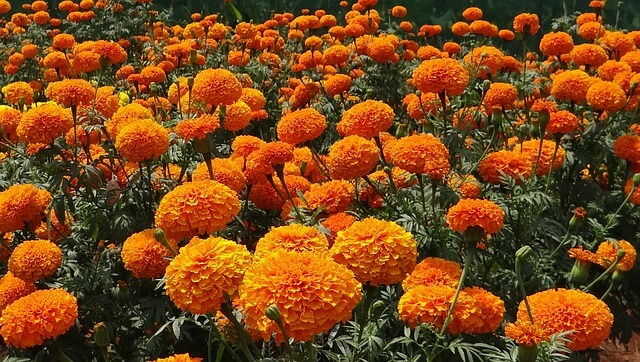
When it comes to flowers that symbolize family, the marigold might not be the first one that comes to mind, but it’s definitely one to consider! Marigolds are often associated with warmth, love, and strong family connections.
In many cultures, marigolds are used in Day of the Dead celebrations to honor and remember loved ones who have passed away, making them a powerful symbol of familial love that transcends even death.
The marigold’s bold and fiery hues also represent passion and energy, which can be interpreted as a reflection of the love and enthusiasm that families have for one another. This flower is a wonderful way to celebrate the special bond of family.
6. Daisy
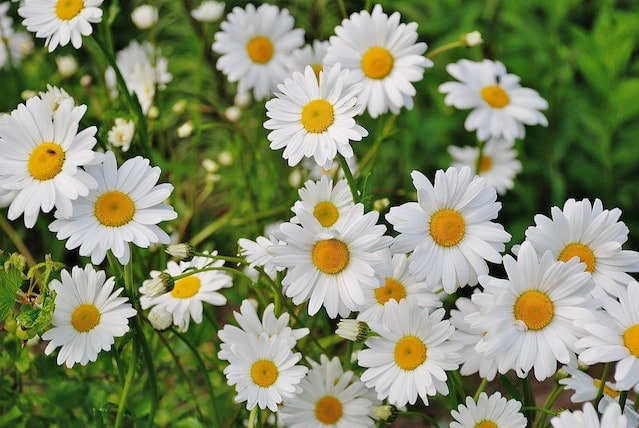
When it comes to flowers that symbolize family, it’s hard to beat the humble daisy. With their bright yellow centers and snow-white petals, daisies represent purity and innocence, making them a perfect symbol for the unconditional love and care that families provide for one another.
But there’s more to the daisy than meets the eye. In some cultures, the daisy is also associated with new beginnings and fresh starts, making it a hopeful and optimistic symbol for families who are facing challenges or embarking on new adventures.
7. Peony
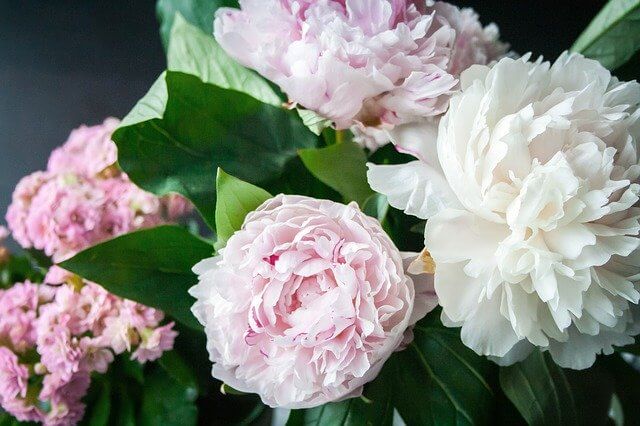
In China, peonies are known as the “king of flowers” and are often used in traditional wedding ceremonies as a symbol of love and prosperity. Similarly, in Japan, peonies are believed to bring good luck and happiness to families, making them a popular gift for new parents or newlyweds.
Peonies also have a rich cultural history in Western countries. In Victorian times, they were considered a symbol of wealth and luxury and were often used to decorate the homes of the upper class. However, in modern times, they have become more accessible and are now enjoyed by people from all walks of life.
8. Lotus
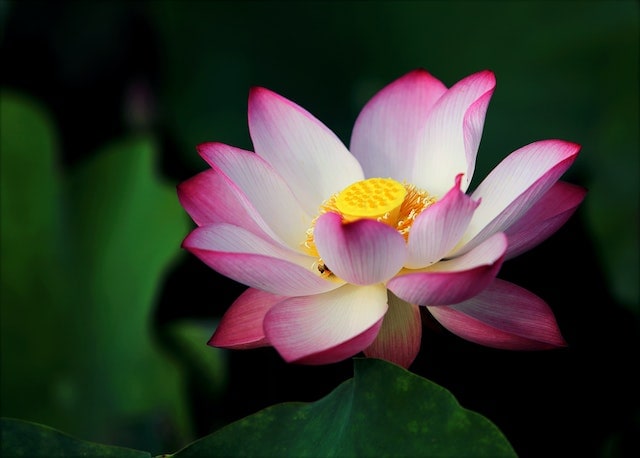
The lotus is a symbol of purity, enlightenment, and rebirth, but it also represents the concept of family. In Hinduism, this flower is associated with the god Vishnu, who’s considered the preserver of the universe. Vishnu is often depicted holding a lotus flower in his hand, which represents his divine power and ability to create and sustain life.
Similarly, in Buddhism, the lotus symbolizes the Buddha’s path to enlightenment and is often used as a metaphor for the journey of life and the search for inner peace. In Chinese culture, this flower is also associated with family, as it’s believed to bring good luck and fortune to those who display it in their home.
Therefore, it’s often used as a decorative motif in Chinese art and architecture and is a popular symbol of family unity and harmony.
9. Poppy

In Greek mythology, the poppy was associated with the goddess Demeter, who was the goddess of the harvest and the mother of Persephone. The poppy was said to symbolize Demeter’s love for her daughter and was used as a symbol of motherhood and family unity.
In more recent times, the poppy has been used as a symbol of the family during times of war and conflict. The red poppy, in particular, is a symbol of remembrance for those who have given their lives in service to their country and is often used to honor the sacrifices made by military families.
10. Geranium
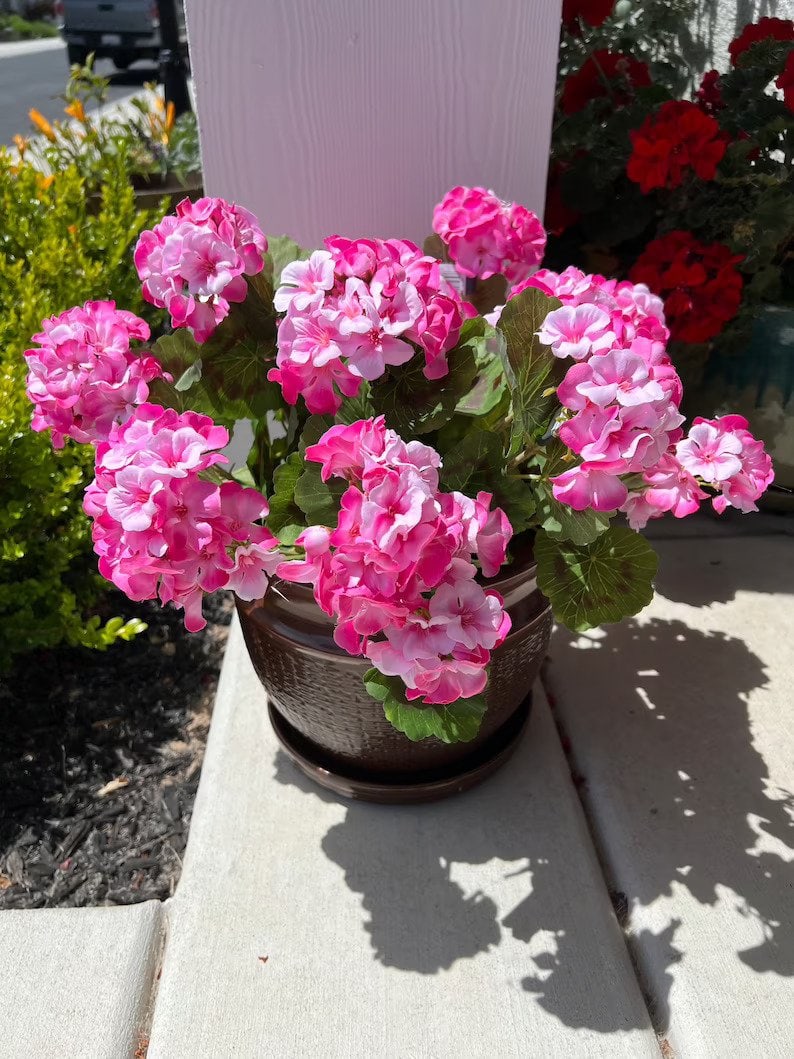
Geraniums have long been used as a symbol of family, and it’s easy to see why. These hardy plants require stability and continuity to thrive, much like families. Geraniums also demonstrate resilience, able to persevere through harsh conditions and regenerate themselves after being cut back.
Just as geraniums come in a wide range of colors and shapes, families too are diverse and unique, yet work together to create a beautiful and harmonious unit. Giving geraniums can express gratitude and affection for the love and support provided by family members.
But perhaps most intriguingly, geraniums also have a fascinating history in folklore, with some cultures believing that they have the power to ward off evil spirits and protect the home. Geraniums not only symbolize the love and strength of family, but also the power to keep those bonds safe and secure.
11. Hydrangea
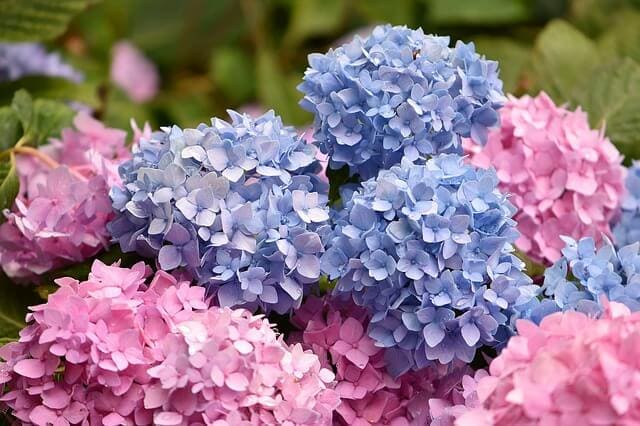
The hydrangea is a unique and meaningful symbol of family, representing not only the love and togetherness of a family but also its complexities and growth over time. But what makes the hydrangea truly special as a symbol of family is its ability to change color depending on the pH level of the soil.
This transformation reflects the way families can evolve and adapt to new circumstances, growing and changing over time while still remaining true to their core values and connections. Hydrangeas are also often associated with gratitude, making them a perfect gift to express appreciation for the love and support of family members.
And in Japanese culture, the hydrangea is believed to represent gratitude, perseverance, and a deep understanding of emotions – all key qualities for a strong and loving family unit.
12. Hibiscus
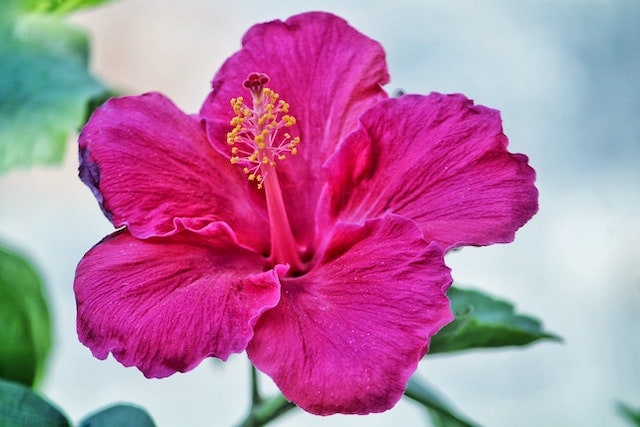
With its vibrant and eye-catching blooms in shades of red, pink, yellow, and orange, the hibiscus symbolizes the warmth and love that families share with one another.
But the hibiscus is more than just a pretty flower – it also has deep cultural significance as a symbol of family. In Hawaiian culture, the hibiscus is known as “pua aloalo” and is a symbol of hospitality, welcome, and friendship. It’s often used in lei making and given as a gift to show love and appreciation for family members.
In Chinese culture, the hibiscus is associated with femininity and is used to symbolize the mother in a family. Its delicate petals and gentle fragrance represent the nurturing and caring qualities of a mother, which are essential in building strong and loving family relationships.
13. Chrysanthemum
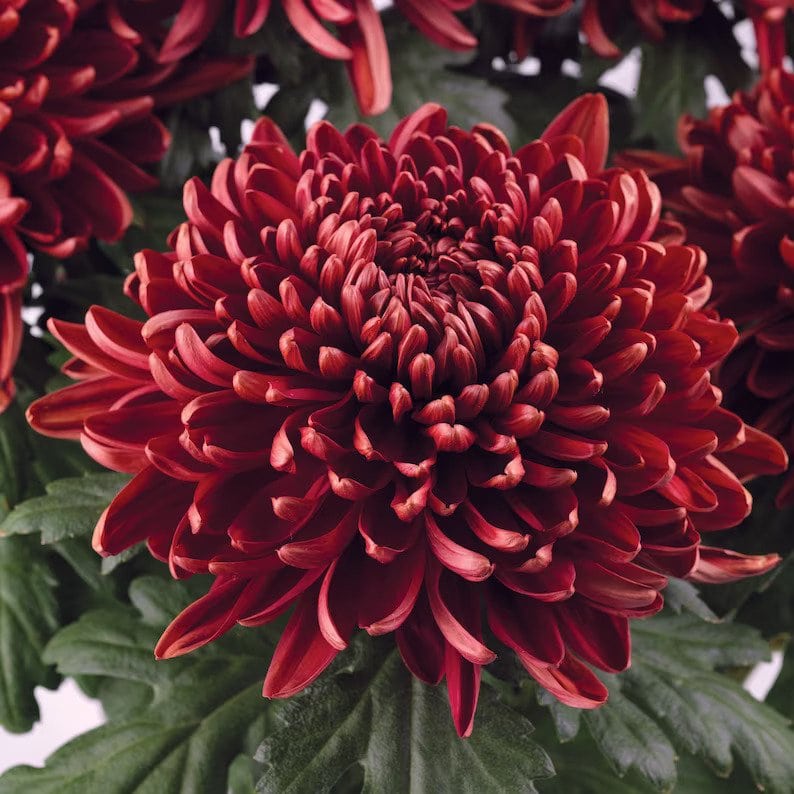
The chrysanthemum is a symbol of family that also represents longevity, fidelity, and joy. In Asian cultures, the chrysanthemum is a powerful symbol of family, and is often associated with the autumn season and the harvest. It’s also believed to bring good luck and happiness to families, making it a popular flower for celebrations and special occasions.
With its wide range of colors and varieties, the chrysanthemum symbolizes the diversity and unique qualities of family members, while its ability to thrive in different environments represents the resilience and strength of the family unit.
14. Carnation
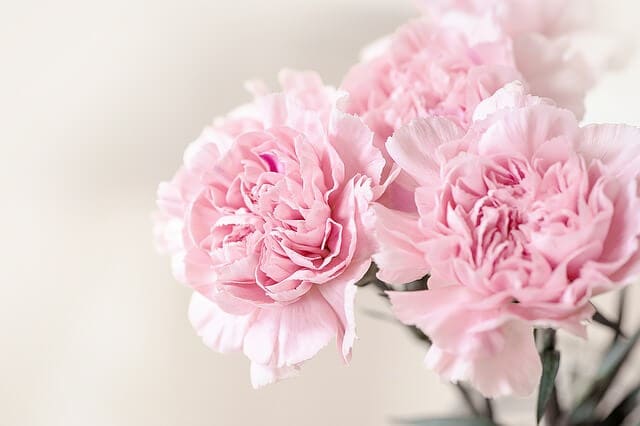
The carnation is a fascinating and symbolic flower that has long been associated with family, representing not only love and devotion but also the enduring strength and resilience of the family unit.
With its wide range of colors, from classic white to bold and bright hues of pink, red, and yellow, this flower symbolizes the diversity and individuality of family members, united by a shared bond of love and support.
In some cultures, the carnation is also believed to bring good luck and protection to families, making it a powerful symbol of familial love and blessings. And with its long-lasting blooms and sweet fragrance, it’s a reminder that family connections can endure through time and distance, bringing comfort and joy even when we are apart.
15. Azalea
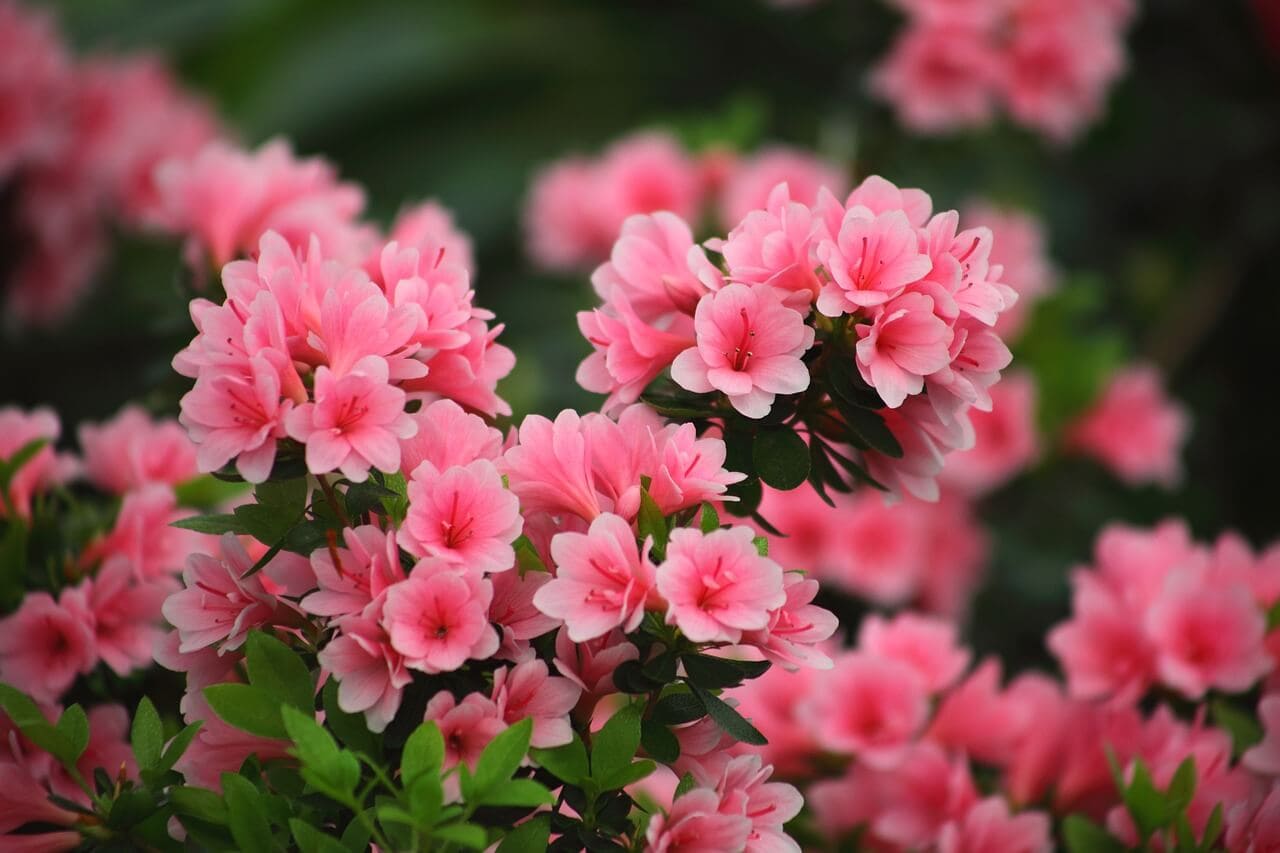
With its vibrant blooms in shades of pink, purple, and white, the azalea symbolizes the beauty and diversity of family members, each with its own unique qualities and strengths.
But the azalea also has a deeper meaning as a symbol of family. In Japanese culture, this flower is associated with balance and harmony, representing the delicate interplay between family members and the need for cooperation and understanding in building strong relationships.
This makes the azalea a powerful reminder of the importance of communication and mutual respect within the family, and a symbol of the deep love and affection that binds us together as a unit.
16. Zinnia
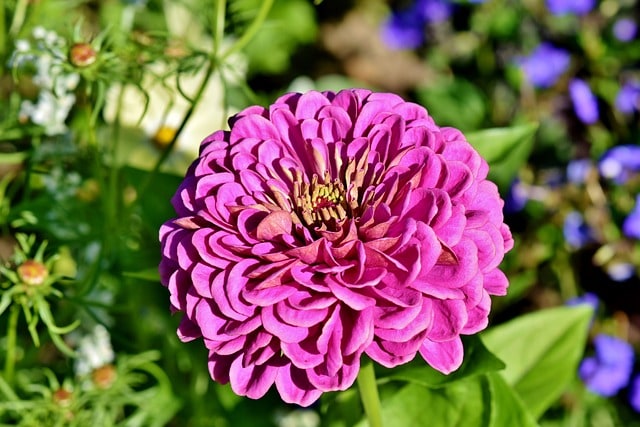
Each zinnia flower is different, with its own distinct color and pattern, much like each family member is unique and special in their own way. The zinnia’s bright colors represent the diversity within families, and the importance of celebrating and embracing our differences.
Additionally, like a garden, families require care, attention, and nurturing to thrive and flourish, and the zinnia serves as a powerful reminder of the love and care needed to build strong and lasting family relationships.
17. Amaryllis
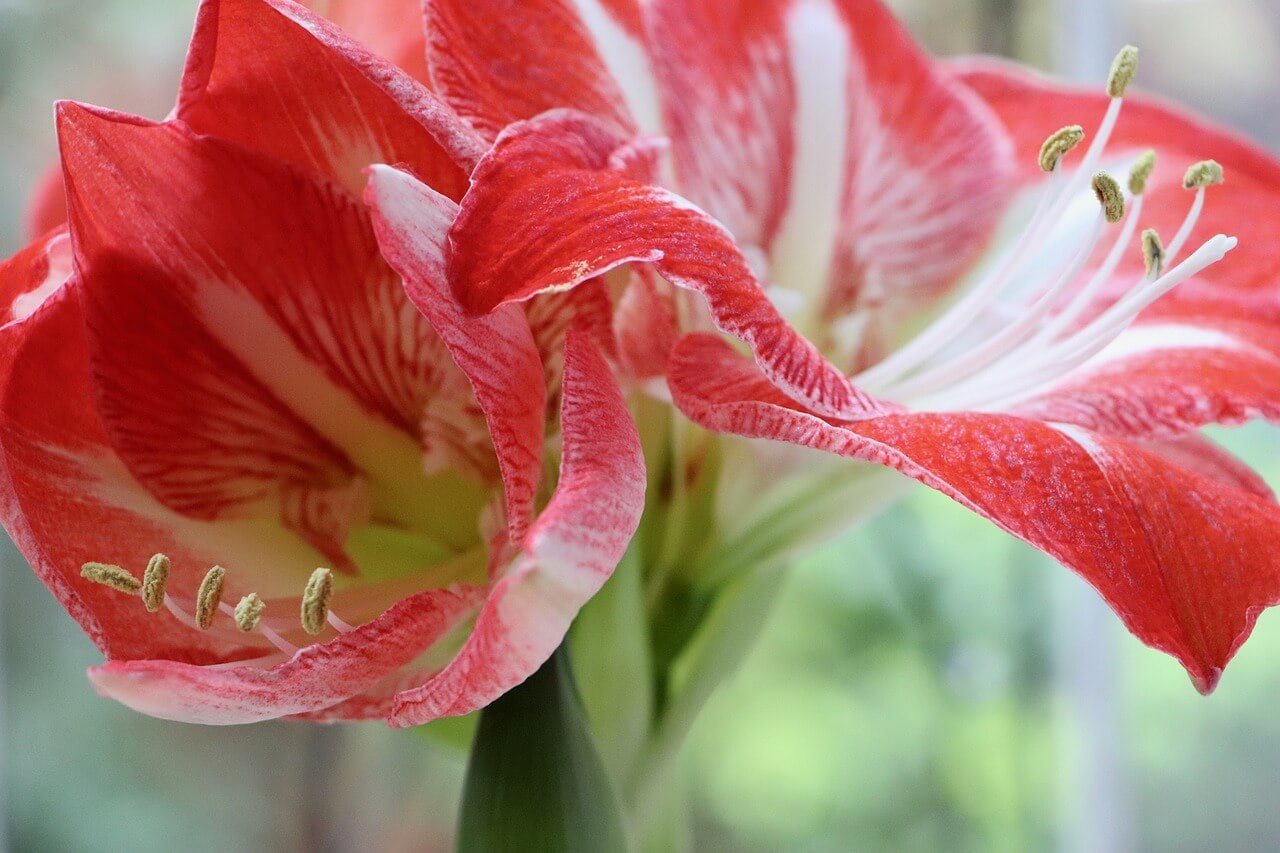
In Greek mythology, the amaryllis represents pride and determination, qualities that are often associated with strong and enduring bonds within families. It’s also known for its resilience and ability to bloom even in harsh conditions, reminding us of the strength and perseverance needed to maintain family relationships through difficult times.
The Amaryllis is also often associated with the holiday season, particularly in Western cultures, and is used to symbolize family traditions and the warmth and joy of being together with loved ones. Its tall and elegant stalk, topped with a single large bloom, also represents the unity and strength of the family unit, standing tall and proud together even in the face of challenges.
18. Gladiolus
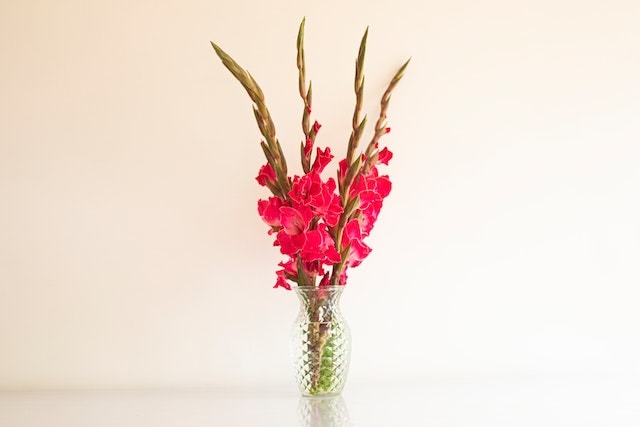
In ancient Roman times, gladiolus flowers were presented to victorious gladiators as a symbol of their strength and bravery, much like the strength and courage needed to maintain family relationships.
The gladiolus blooms in a variety of colors, representing the diversity and uniqueness of each family member, yet all connected by their shared bond. The flower also represents sincerity, honesty, and integrity, values that are important in building strong and lasting family relationships.
The gladiolus serves as a powerful reminder of the strength, courage, and diversity that exist within families, and the need for sincerity and integrity in building strong and lasting relationships.
Wrapping Up
Flowers that symbolize family are more than just beautiful decorations. Each flower carries a unique meaning and history, representing the strength, love, diversity, and unity that exists within families. Whether it’s the vibrant and colorful zinnia or the resilient and prideful amaryllis, these flowers remind us of the values and qualities needed to build strong and lasting family relationships.
As we celebrate the role of the family in our lives, let us also take a moment to appreciate the beauty and symbolism of these flowers, and the deeper meanings they hold for us.
Similar Articles:
20 Flowers That Symbolize Life and Why
25 Flowers that Symbolize Protection and How They Got This Meaning





